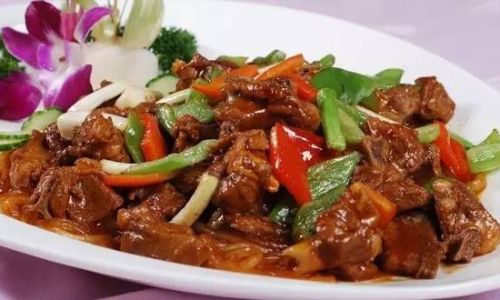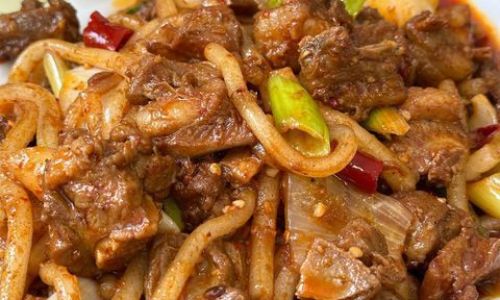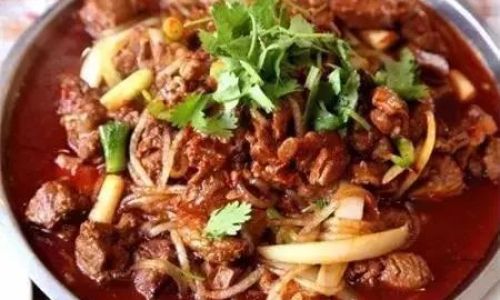Grass carp head soup, a cherished dish in many Asian cuisines, is renowned for its milky-white broth, tender fish meat, and comforting warmth. This humble yet luxurious soup combines simplicity with depth of flavor, making it a staple in households and restaurants alike. Achieving the perfect balance of richness and clarity requires attention to detail, from selecting the freshest ingredients to mastering cooking techniques that coax out the fish’s natural sweetness. Below is a comprehensive guide to creating a bowl of grass carp head soup that tantalizes the taste buds and nourishes the soul.
The Foundation: Selecting Quality Ingredients
The success of any soup begins with its ingredients, and grass carp head soup is no exception. The star of the dish, the grass carp head, should be sourced from a reputable supplier. Look for a head with bright, clear eyes, vibrant red gills, and firm, shiny skin—all indicators of freshness. A medium-sized head (approximately 1.5–2 pounds) is ideal, as it provides enough meat without overwhelming the broth.
Complementary ingredients play a pivotal role in elevating the soup’s flavor profile. Fresh ginger, a staple in Asian cooking, adds a subtle warmth and helps neutralize any lingering fishiness. Thinly sliced scallions and cilantro contribute freshness, while tofu—preferably soft or silken—absorbs the broth’s essence, creating a velvety texture. For an umami boost, consider adding dried shiitake mushrooms, rehydrated in warm water until plump, or a handful of wolfberries (goji berries) for a touch of sweetness.
Preparation: Cleaning and Marinating
Proper cleaning of the grass carp head is crucial to eliminate impurities and ensure a clean-tasting broth. Start by rinsing the head under cold water, gently scrubbing the skin to remove any slime. Use a sharp knife to scrape off any remaining scales, paying close attention to the collar area and beneath the gills. Trim the gills and any excess fat, as these can impart a bitter taste. Some cooks prefer to halve the head for easier handling, but leaving it whole preserves its shape during cooking.

Marinating the fish head enhances its flavor and tenderizes the meat. Pat the head dry with paper towels, then rub it generously with a mixture of rice wine (or dry sherry), salt, and white pepper. Allow it to marinate for 15–20 minutes while you prepare the remaining ingredients. This step not only seasons the fish but also helps tighten the flesh, reducing the risk of it falling apart during cooking.
Cooking Techniques: Building Flavor and Texture
The key to a milky, opulent broth lies in the cooking method. Traditional recipes often call for searing the fish head before simmering, a technique that caramelizes the proteins and creates a golden fond—the flavorful bits stuck to the pan—that enrich the soup. Heat a tablespoon of neutral oil (such as vegetable or canola) in a heavy-bottomed pot over medium-high heat. Once the oil shimmers, carefully place the fish head in the pot, skin-side down. Let it sear undisturbed for 3–4 minutes until the skin turns golden brown. Flip and repeat on the other side.
After searing, remove the fish head and set it aside. In the same pot, add a knob of ginger (smashed with the flat side of a knife) and a few slices of scallion. Sauté for 1–2 minutes until fragrant, then deglaze the pot with a splash of rice wine, scraping up any browned bits. Return the fish head to the pot and pour in 6–8 cups of hot water—using cold water can shock the proteins, resulting in a cloudy broth. Bring the liquid to a rolling boil, then immediately reduce the heat to a gentle simmer. Skim off any foam that rises to the surface to maintain clarity.
Simmering: The Alchemy of Time and Heat
Simmering the soup low and slow is where the magic happens. Cover the pot partially, allowing the broth to reduce and concentrate its flavors. A simmering time of 30–40 minutes is typically sufficient, but older or larger fish heads may require an additional 10–15 minutes. Avoid vigorous boiling, as this can break down the fish meat and cloud the broth.
During simmering, the collagen in the fish head dissolves, creating a silky texture that coats the palate. This is also the time to add aromatic vegetables. A quartered onion, a stalk of celery, or a carrot chunked into large pieces can be added for subtle sweetness, though purists may omit them to keep the soup’s flavor pure.
Finishing Touches: Seasoning and Garnishes
Once the broth has developed a milky hue, strain it through a fine-mesh sieve to remove any bones or impurities. Return the strained broth to the pot and gently reheat. Add the tofu, mushrooms, and wolfberries, if using, and simmer for an additional 5–7 minutes until the tofu is heated through. Season the soup with salt to taste, keeping in mind that the fish head and marinade already contribute some saltiness. A pinch of white pepper adds a mild heat, while a drizzle of sesame oil imparts a nutty aroma.
Garnishes elevate the soup’s presentation and flavor. Fresh cilantro leaves, thinly sliced scallions, and a sprinkle of fried shallots are classic choices. For a textural contrast, consider adding crispy fried ginger strips or a handful of enoki mushrooms.
Variations and Personal Touches
One of the joys of grass carp head soup is its versatility. Regional variations and personal preferences allow for endless customization. In Sichuan cuisine, for example, the soup might include pickled mustard greens and chili oil for a tangy, spicy kick. In contrast, Cantonese-style versions often feature dried tangerine peel or goji berries for a hint of citrusy sweetness.

For a heartier meal, add vegetables like daikon radish, bok choy, or napa cabbage during the final simmer. Seafood lovers can incorporate shrimp or clams, though this deviates from the traditional recipe. Vegetarian adaptations swap the fish head with kombu (kelp) and shiitake mushrooms, mimicking the soup’s umami depth.
Troubleshooting Common Pitfalls
Even seasoned cooks encounter hurdles when making grass carp head soup. Here’s how to address them:
- Cloudy Broth: Ensure the fish head is thoroughly cleaned, and avoid vigorous boiling during simmering.
- Fishy Aftertaste: Searing the head properly and using fresh ingredients are critical. Overcooking can also amplify fishiness.
- Thin Broth: Simmer for longer to reduce the liquid, or add a splash of fish sauce or soy sauce for depth (though this alters the soup’s purity).
Nutritional Benefits and Cultural Significance
Beyond its culinary appeal, grass carp head soup is prized for its nutritional value. Rich in protein, omega-3 fatty acids, and collagen, it is believed to promote skin health, boost immunity, and aid digestion. In Chinese culture, the dish is often served to convalescents or new mothers, as it is thought to replenish vitality.
The soup’s cultural significance extends to festivals and family gatherings, where it symbolizes abundance and togetherness. Its preparation, though time-consuming, is a labor of love, reflecting the cook’s dedication to nourishing loved ones.
Conclusion: The Joy of a Well-Made Bowl
Crafting the perfect grass carp head soup is an exercise in patience and precision. Each step—from selecting the freshest head to coaxing out the broth’s milky opulence—contributes to a dish that is both humble and extraordinary. Whether enjoyed on a chilly evening or shared at a celebratory feast, this soup embodies the harmony of simplicity and depth, proving that sometimes, the most nourishing meals are the ones made with care, one step at a time.
With practice, even novice cooks can master this timeless recipe, turning a humble fish head into a culinary masterpiece that warms the body and soothes the soul. So, gather your ingredients, heat your pot, and embark on a journey to create a soup that transcends mere sustenance—it’s a testament to the art of cooking.






0 comments